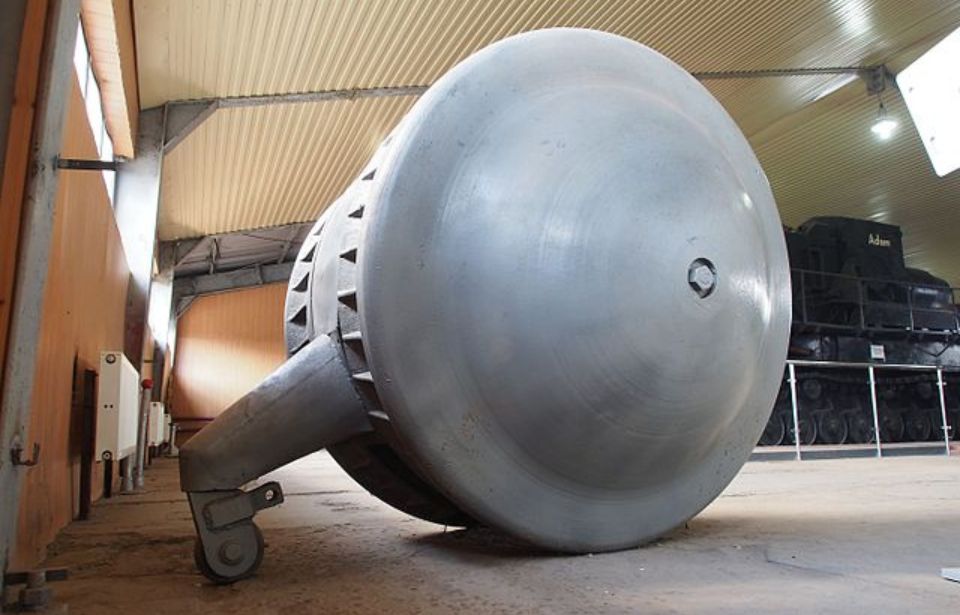The Kugelpanzer was a seemingly useless vehicle
The Kugelpanzer remains shrouded in mystery, with most of what is known about it pieced together from speculation, as no records detailing its design or purpose have been found. It is thought to have been manufactured by Krupp, a company known for producing various military vehicles during World War II.
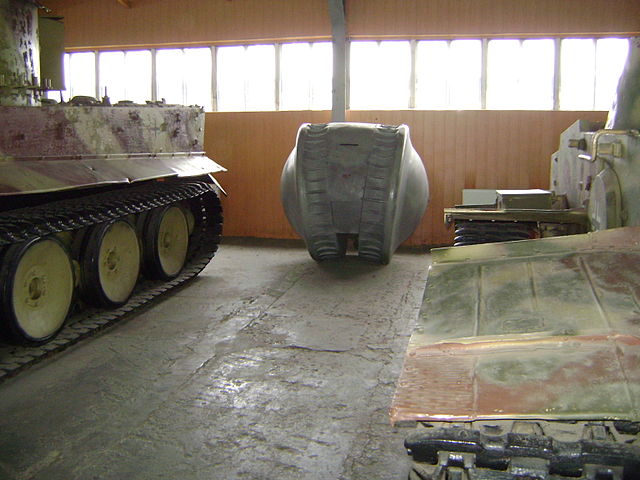
What is confirmed is that the Kugelpanzer was powered by a 25-horsepower single-cylinder two-stroke engine, featured 5 mm-thick outer armor, and weighed 1.8 tons. It moved on 1.5-meter diameter rollers, with the driver(s) seated on a saddle-like stool.
It was probably only operated by one person
Due to its compact size, the vehicle was probably operated by just one person. The drive mechanism was situated behind the operator, while the steering wheel was located at the rear. This design helped adjust the vehicle’s center of gravity, enhancing stability during wheel rotations.
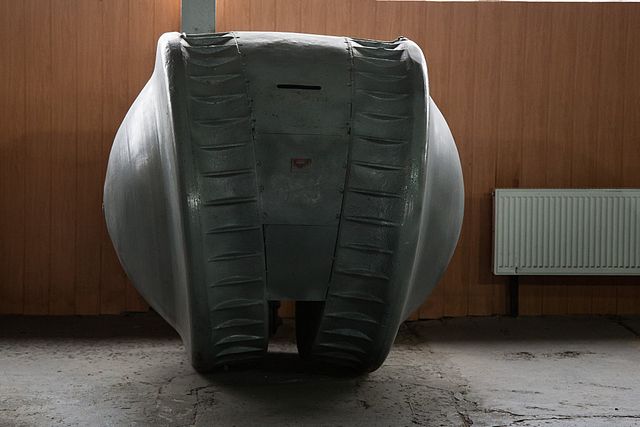
However, opinions differ on some of its other features. Russian Popular Mechanics estimates that the Kugelpanzer was quite slow, with a top speed of only 5 MPH. Additionally, there was a slit at the front, which likely served as both a viewing port and a possible mounting point for a machine gun, potentially a 7.92mm MG-34 or MG-42.
Only a single Kugelpanzer survived World War II
Most of what is known about the Kugelpanzer comes from a model captured by the Red Army from the Japanese Kwantung Army in Manchuria in 1945. Thought to be the only surviving example, it is currently on display at the Kubinka Tank Museum. After its capture, the model was repainted, and its drive mechanism was removed. In 2000, the original paintwork was restored.
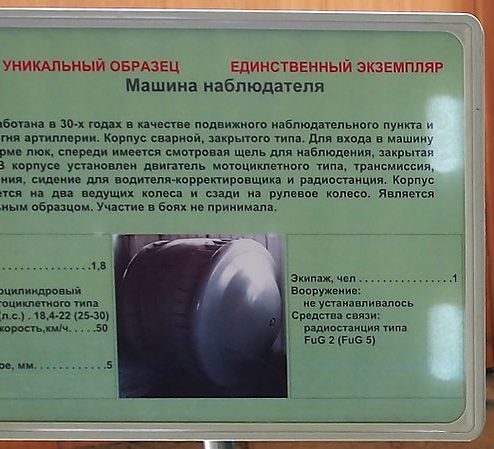
The specific metal used for the vehicle’s exterior is still unknown, as sampling is not allowed. Furthermore, there is no evidence to suggest that this Kugelpanzer, or others like it, ever saw combat, at least not in the European Theater.
What is certain is that its design shares similarities with other military vehicles, including the WWI Treffas-Wagen, the Tsar Tank, A.J. Richardson’s Tumbleweed Tank, and the War Tank on One Wheel. However, none were as unusual as the Kugelpanzer.
Japan’s kamikaze strategy
Theories about the Kugelpanzer‘s purpose are varied. The prevailing belief is that it was probably used as a light reconnaissance vehicle, while some propose it may have been used for infantry support or to lay cables along the frontlines. However, the most intriguing theory is that it might have been employed by the Imperial Japanese Army as part of its kamikaze strategy during the Pacific Theater of World War II.
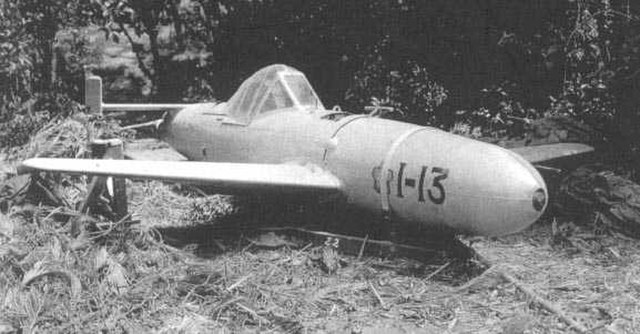
By 1944, Japanese pilots had started deliberately crashing their planes into enemy targets to inflict maximum damage, often sacrificing their own lives in the process. By the fall of that year, the Imperial Japanese Army, in its growing desperation, began integrating these suicide missions into its offensive plans, creating the need for new vehicles and equipment.
The Kugelpanzer shared features with kamikaze attack aircrafts
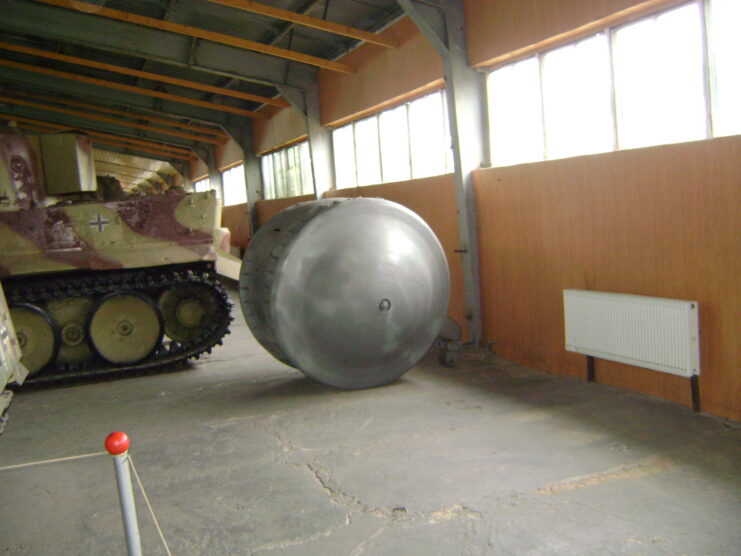
Along with improvising already existing devices, the Japanese developed an array of new military vehicles. This included the Yokosuka MXY-7 Ohka, a kamikaze attack aircraft; manned underwater crafts like the Kaiten and Kairyū; and Shin’yō boats
More from us: How Sling Weaponry Revolutionized Warfare In The Ancient World
New! Want to become a trivia master? Sign up for our War History Fact of the Day newsletter!
Given the purpose behind their designs would more than likely lead to the death of their occupants, these vehicles were often small and lightly armored. They also had little-to-no offensive weaponry onboard. The Kugelpanzer shared these features, leading some to theorize it was used to ram into enemy tanks.
